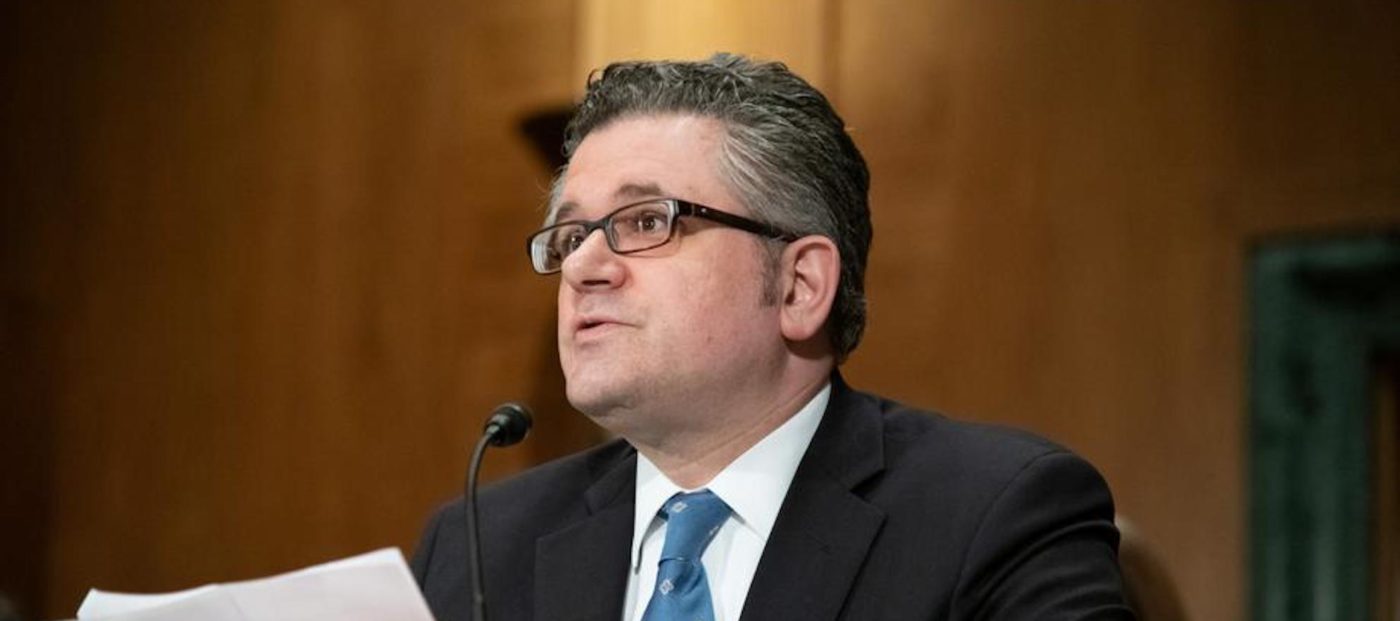The Federal Housing Finance Agency issued a reminder Monday that borrowers who go into forbearance will not have to repay missed payments all at once if their mortgages are backed by Fannie Mae or Freddie Mac.
FHFA said the statement was issued to “combat ongoing misinformation” and urged all mortgage lenders to adopt similar policies.
“During this national health emergency, no one should be worried about losing their home,” FHFA Director Mark Calabria said. “No lump sum is required at the end of a borrower’s forbearance plan for Enterprise-backed mortgages.”
The $2 trillion CARES Act includes a moratorium on foreclosures and the right to forbearance. Forbearance allows borrowers with a federally backed mortgage to put off payments for at least six months if they suffer economic hardship during the pandemic.
Read Also: HUD Watchdog: Some Lenders Hiding Forbearance Info
According to the Black Knight’s forbearance tracker, 6.4 percent of all mortgages have entered into forbearance as of April 23 – up from 5.5 percent a week ago. On March 2, roughly 0.25 percent of loans were in forbearance.
Freddie Mac has issued guidance to lenders about how to handle the forbearance process, including when the period ends. Lenders are to contact borrowers about 30 days before the end of forbearance to determine if the hardship has been resolved and to discuss repayment options.
Forbearance then can be extended. If not, the lender will work with the borrow to set up a repayment plan, modify the loan so payments are added to the end of the mortgage, or modify the mortgage so monthly payments are lowered.
“While today’s statement only covers Fannie Mae and Freddie Mac mortgages, I encourage all mortgage lenders to adopt a similar approach,” Calabria said.
Last week, FHFA announced that it will allow Fannie and Freddie to purchase some single-family mortgages in forbearance in an attempt to support the liquidity of mortgage lenders during the coronavirus pandemic.
FHFA took action in response to borrowers seeking mortgage forbearance shortly after closing on loans – and before the lender could deliver the loan to Fannie or Freddie. Prior to the change, loans in forbearance were ineligible to be sold under Fannie and Freddie requirements, placing the borrower and the lender in jeopardy.
